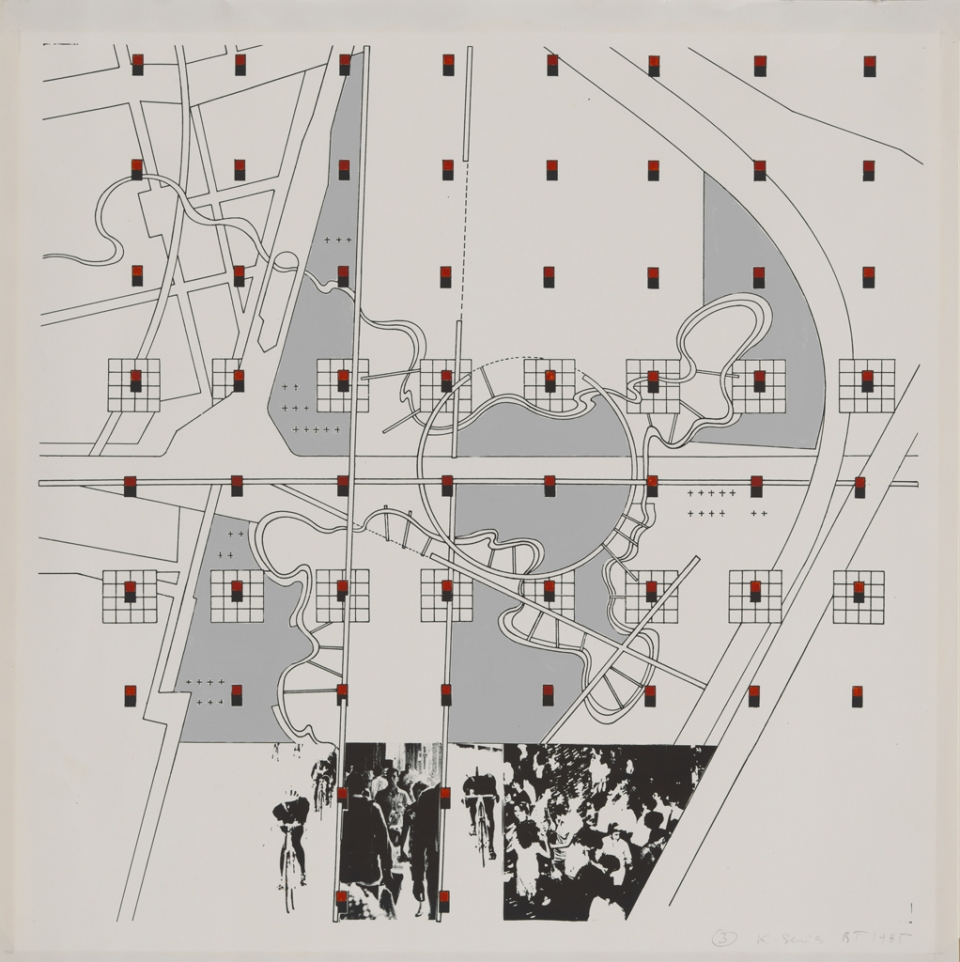As an educator, Alvin Boyarsky amassed one of the finest collections of 20th century drawings from Zaha to Koolhaas. - The Architect's Newspaper
“Times have changed,” declared Alvin Boyarsky, chairman of the Architectural Association School of Architecture (AA) in London, in 1982. He was reflecting on the shift in the early 1970s of architectural education from a focus on technology to that of cultural and historical nuance, and from late-modernity to post-modernity. In both, Boyarsky and the AA played transformative roles.
An important exhibition exploring that shift has traveled from the Kemper Art Museum at Washington University in St. Louis to the RISD Museum in Providence and, most recently, to the Cooper Union in New York. Curated by Dr. Igor Marjanovic, associate professor of architecture at the Sam Fox School of Design & Visual Arts at Washington University in St. Louis, and Jan Howard, chief curator at the RISD Museum, Drawing Ambience brings together more than 40 drawings and prints from Boyarsky’s personal collection. It is the first major exhibition devoted to the Boyarsky era AA in 25 years.
A serious historical and curatorial undertaking, Drawing Ambience is accompanied by a well-written and beautifully produced 160-page catalogue authored by Marjanovic and Howard and distributed by the University of Chicago Press. The exhibition installation for each venue was carefully designed by Nicholas Boyarsky and Nicola Murphy of Boyarsky Murphy Architects in London. Detailed wall texts, extended labels, and numerous photographs of the AA’s exterior and interior spaces from the Boyarsky era (1971 to 1989) provide multiple ways to understand and view the exhibit, emphasizing its main concept: that of ambience.
Ambience was one of Boyarsky’s favorite words. Typically understood as “the mood or feeling of a particular place,” for him, it represented the space and atmosphere of exploration and discussion in which drawings were crucial. The three exhibition spaces are thus metaphors for a school that, for nearly twenty years, produced some of the most influential architects and educators of the late 20th century. The exhibitions and the catalogue pay homage to this influence, and leadership by perhaps the most transformative educator since Walter Gropius; they also examine drawings as conceptual tools and, more controversially, as economic assets.
